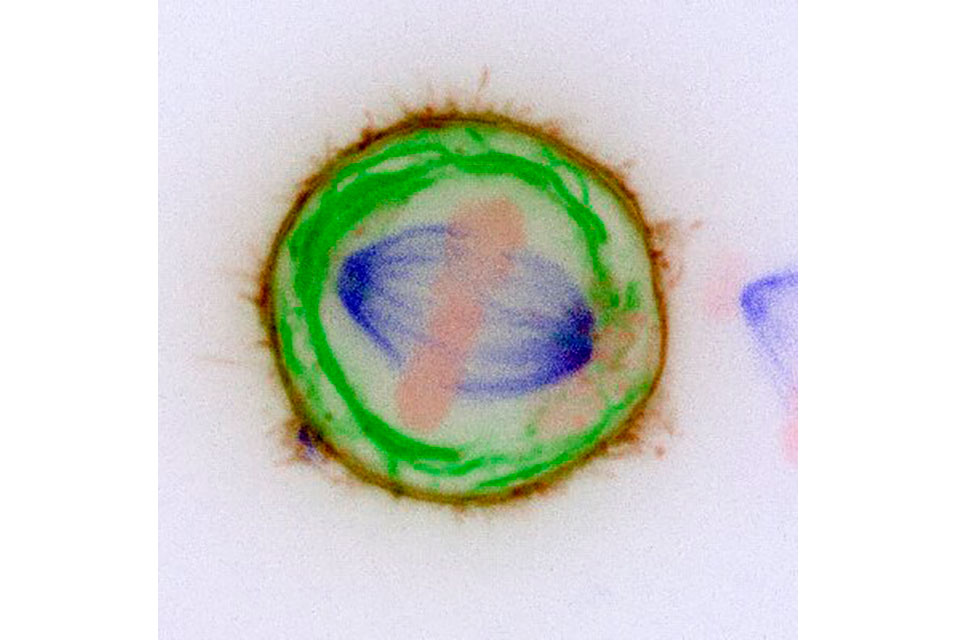COVENTRY.- Research from the
University of Warwick sheds new light on a key cause of cancer formation during cell division (or mitosis), and points towards potential solutions for preventing it from occurring.
When a cell divides normally, it makes a copy of every chromosome and then shares them equally between the two new cells. This function is carried out by a complex machine in the cell called the mitotic spindle. If something goes wrong at this stage, the two new cells will be aneuploid, meaning that they will not have the correct number of chromosomes and will make mistakes when sharing genetic information.
Cancer cells are aneuploid, so understanding how and why this happens is hugely significant in finding out how the disease originates. Professor Stephen Royle's research team at Warwick Medical School has identified exactly this.
They found that some chromosomes can get lost and trapped in a tangle of membranes that exist in an area around the cell's spindle, preventing the chromosomes from being shared properly and leading to the abnormal cell division that can cause cancer.
They made their discovery by performing a sort of "surgery" on living cells. The researchers invented a way to remove the tangle of membranes in which chromosomes get trapped, and as a result the chromosomes were rescued by the spindle, thus enabling normal healthy cell division.
This proved, for the first time, that chromosomes getting caught in these membranes is a direct risk factor for the formation of cancerous cells. Understanding this risk can lead to more effective cancer prevention.
Stephen Royle, Professor of Cell Biology at Warwick Medical School, commented, "Many scientists working on cell division focus on the spindle: how it works and why it makes mistakes in cancer. In this paper we shifted the spotlight and looked at membranes inside dividing cells."
Dr. Nuria Ferrandiz, lead author of the study, said, "We found that chromosomes can get trapped in membranes and this is a disaster for the dividing cell. It has the potential to change a normal cell into a cancer cell. Preventing this process may be a way to treat disease."
The research appears in the Journal of Cell Biology.









